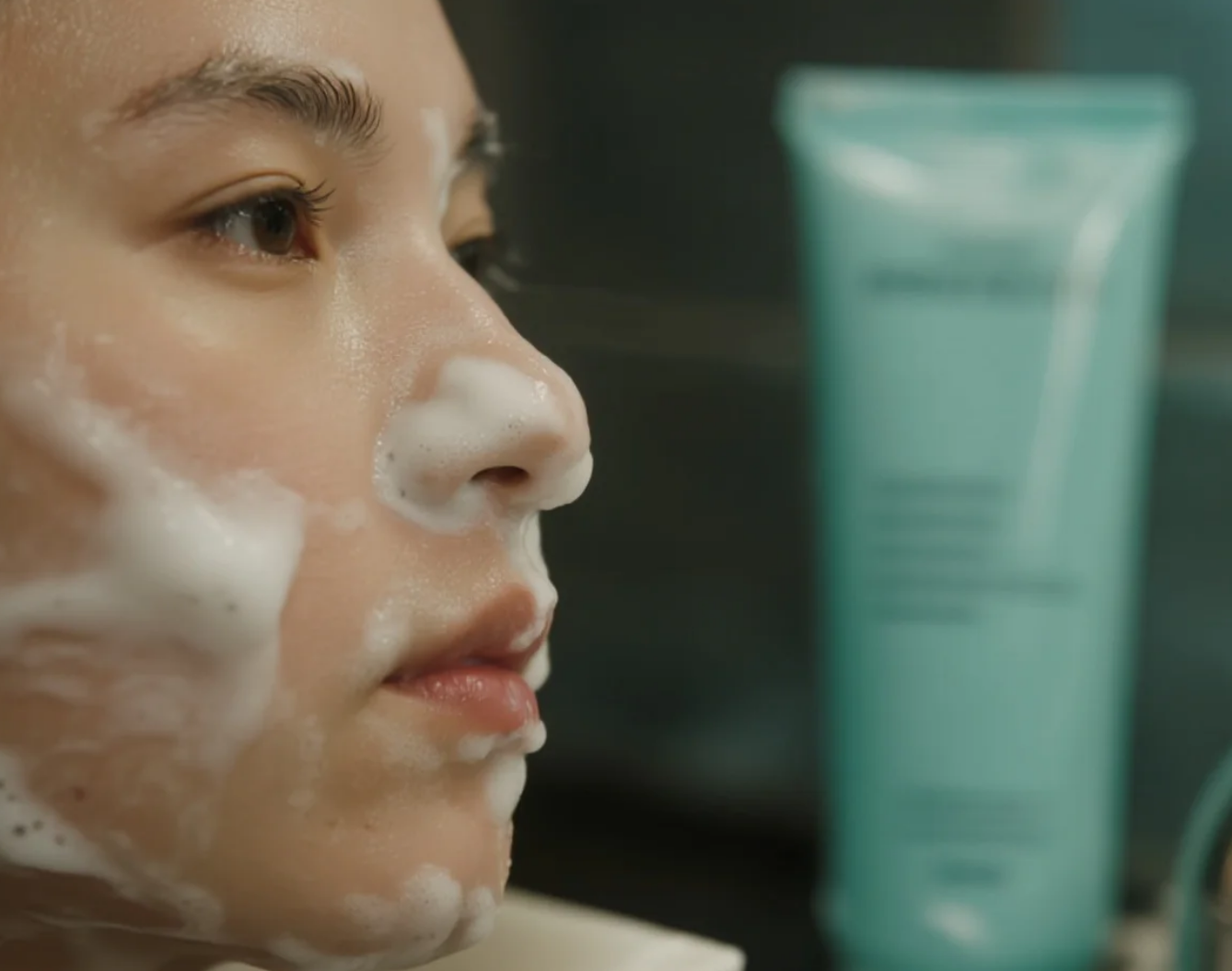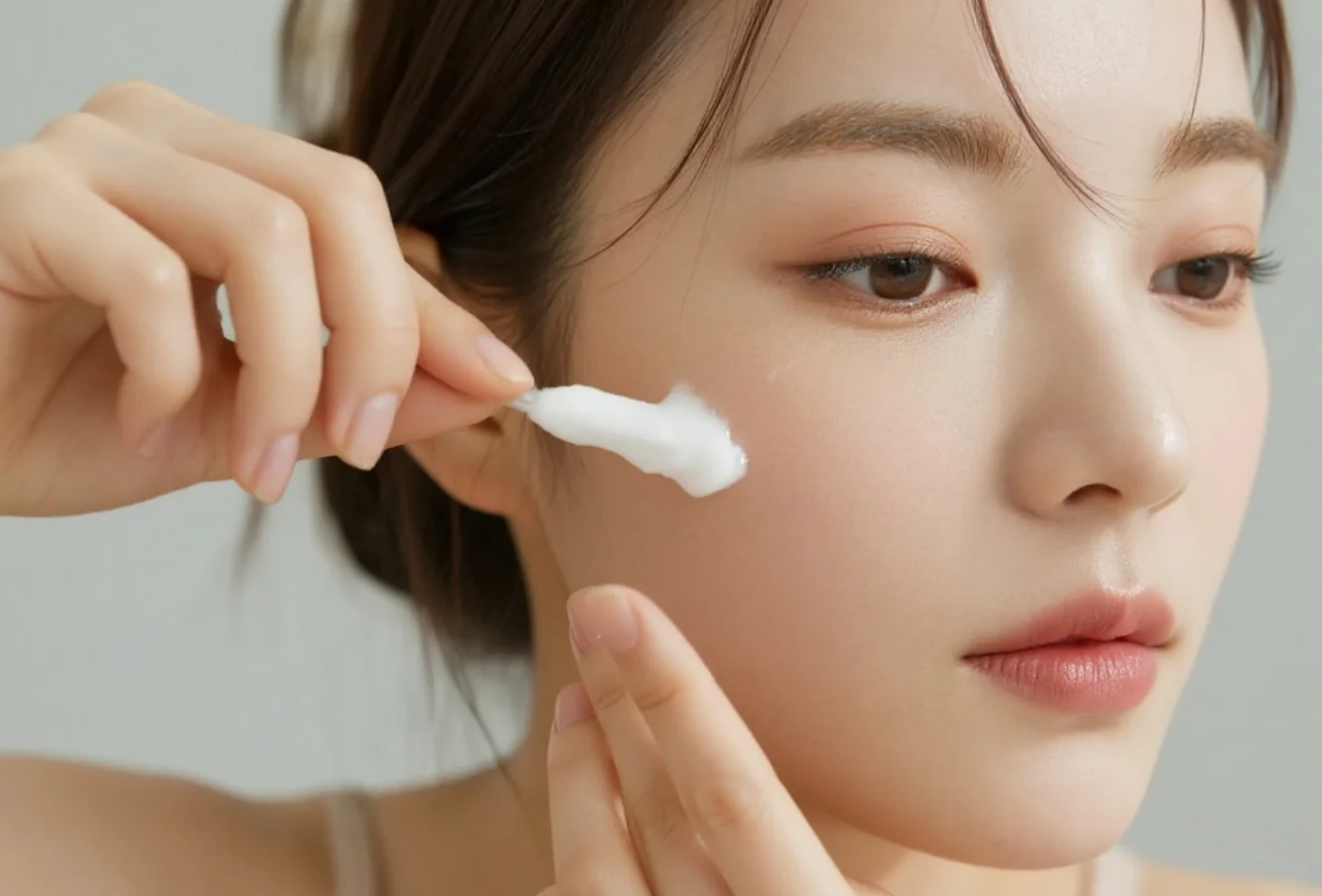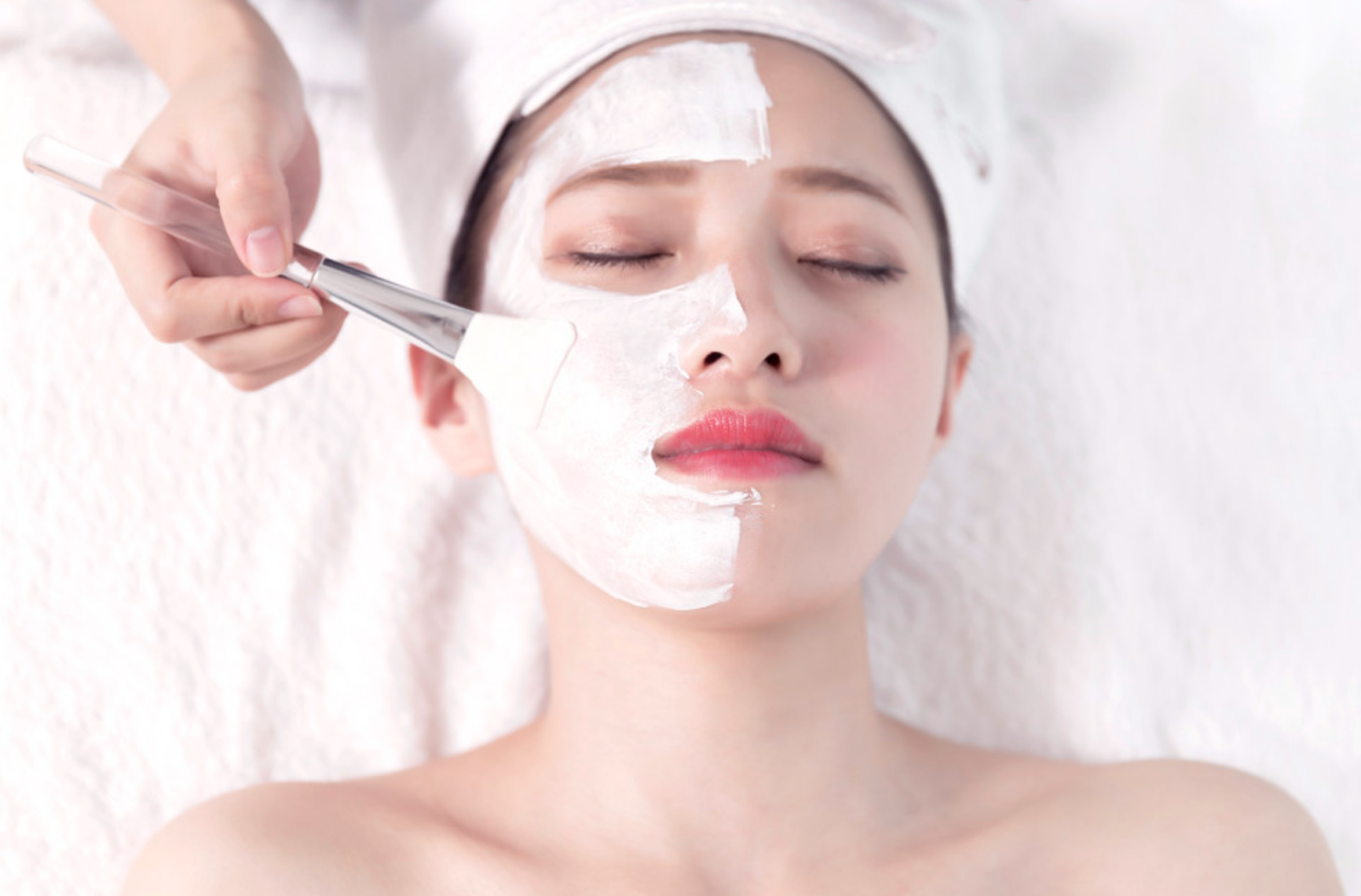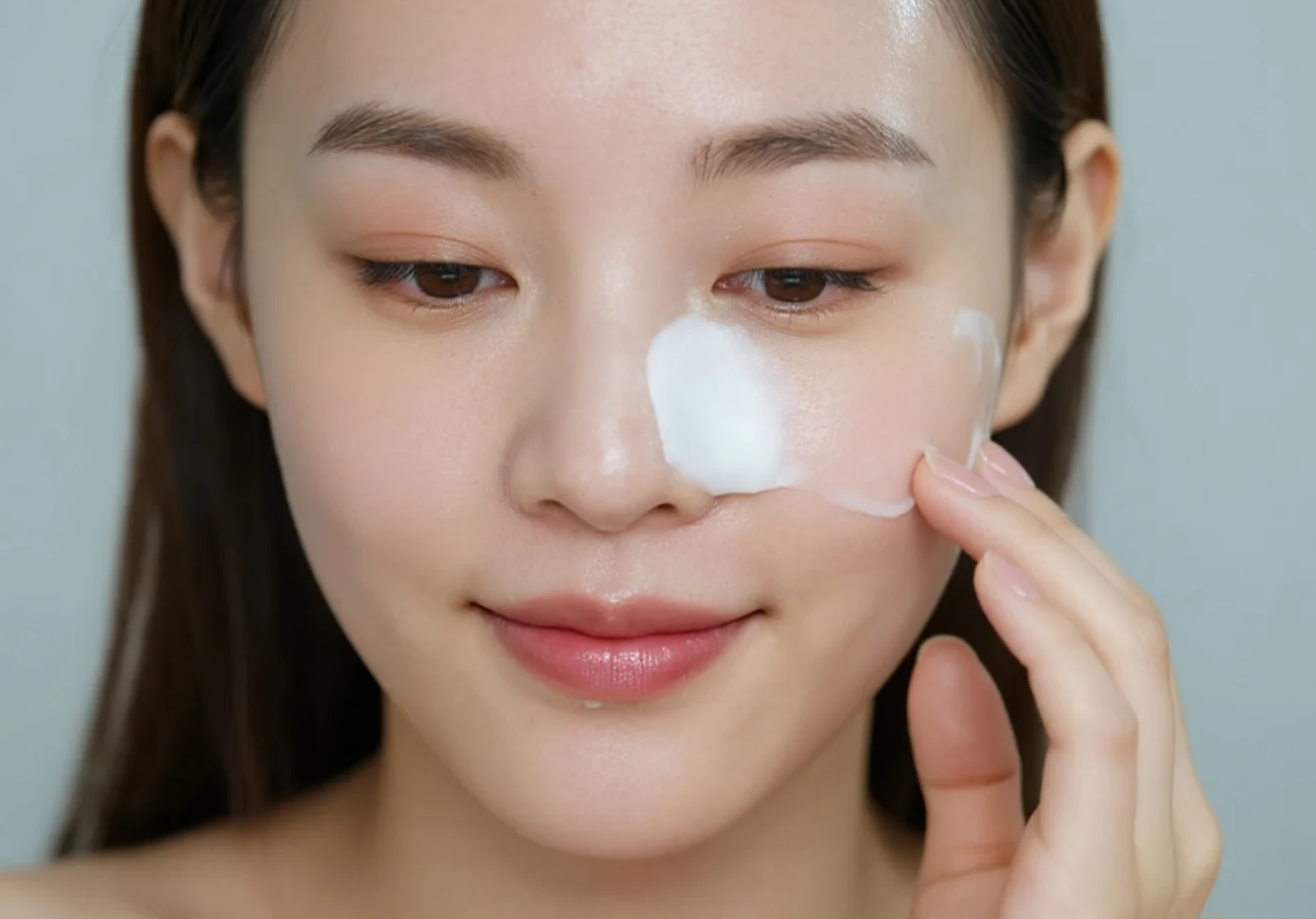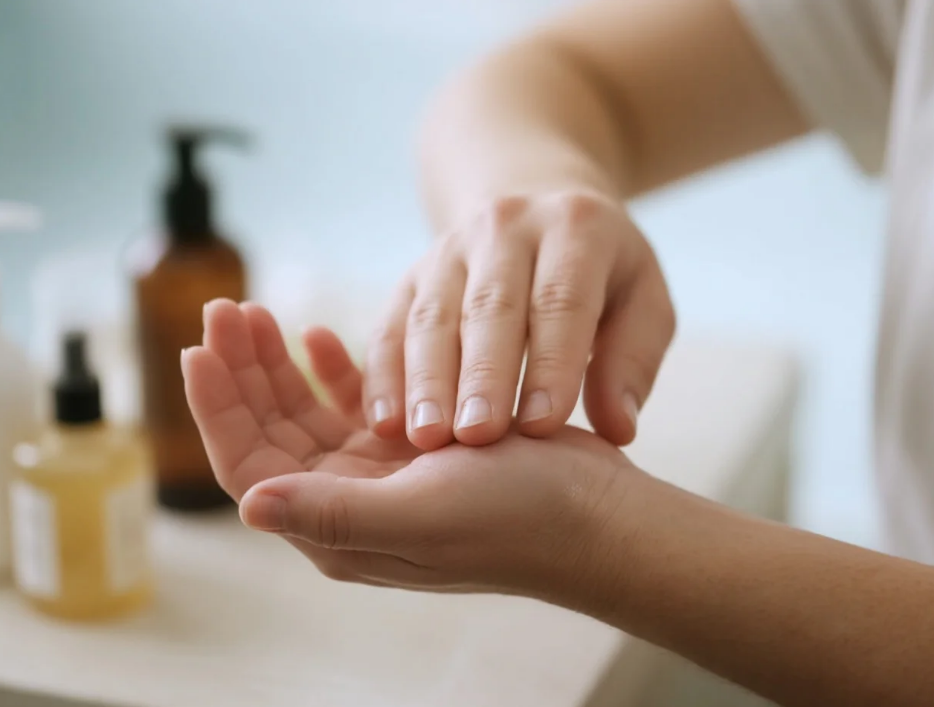Signs and Repair Methods of a Damaged Skin Barrier
Our skin is like a sophisticated fortress, and the skin barrier is the invisible wall that protects it. Composed of keratinocytes, intercellular lipids (such as ceramides, cholesterol, and fatty acids), and natural moisturizing factors, it not only locks in moisture but also protects against external damage such as bacteria, pollutants, and UV rays. However, improper skincare, environmental stressors, and internal physiological changes in modern life can cause cracks in this "wall," leading to dryness, sensitivity, redness, and even recurring acne. If left untreated, the problem can worsen, impacting skin health and quality of life. So, how can we identify the signs of a damaged skin barrier? And how can we scientifically repair it?
Typical Signs of a Damaged Skin Barrier
When the skin barrier is damaged, it cries for help in various ways. The most common symptoms are persistent dryness and flaking. Even with generous application of moisturizer, the skin remains tight and flaky. This is due to the loss of intercellular lipids, which prevents moisture from being locked in and increases transepidermal water loss (TEWL). Some people mistakenly believe this is simply dehydrated skin, so they pile on more skincare products, only to add to the burden. Another typical symptom is sensitivity, redness, and tingling, especially after washing or when using certain skincare products. This can lead to sudden redness, burning, and even itching. This occurs because a damaged skin barrier allows external irritants to more easily penetrate the stratum corneum, directly activating nerve endings deeper in the skin and triggering an inflammatory response. A more serious problem is recurring acne or dermatitis, such as frequent breakouts even after puberty, or dry skin accompanied by localized peeling and redness. This is often because a damaged skin barrier disrupts the microbiome on the skin's surface, leading to an overgrowth of harmful bacteria (such as Propionibacterium acnes), exacerbating inflammation.
Who is the culprit behind a damaged skin barrier?
The causes of a damaged skin barrier are complex, encompassing both external and internal factors. Over-cleansing and improper skincare are among the most common contributing factors. Many people pursue a "thorough cleanse" by frequently using soap-based cleansers, scrubs, or high-concentration acid-based products. This leads to excessive exfoliation of the stratum corneum and damage to its lipid structure. Overtime, this thinning of the skin, its ability to retain moisture, and ultimately, sensitivity, can lead to skin that is sensitive. Environmental factors are also important. Ultraviolet (UV) radiation accelerates lipid oxidation, weakening the skin's barrier function. Air pollution (such as PM2.5) adheres to the skin's surface, inducing oxidative stress. And extreme climates (such as dry, air-conditioned rooms or cold winters) accelerate moisture loss. Furthermore, stress and unhealthy lifestyle habits can secretly undermine skin health. Excessive late nights and mental stress can increase cortisol levels, inhibiting the skin's ability to repair itself. A diet high in sugar and fat can exacerbate inflammation, making the skin more prone to redness and acne. Finally, aging and hormonal changes can also affect barrier function. For example, menopausal women experience a decrease in estrogen levels, which reduces skin lipid production and makes them more susceptible to dryness and itching.
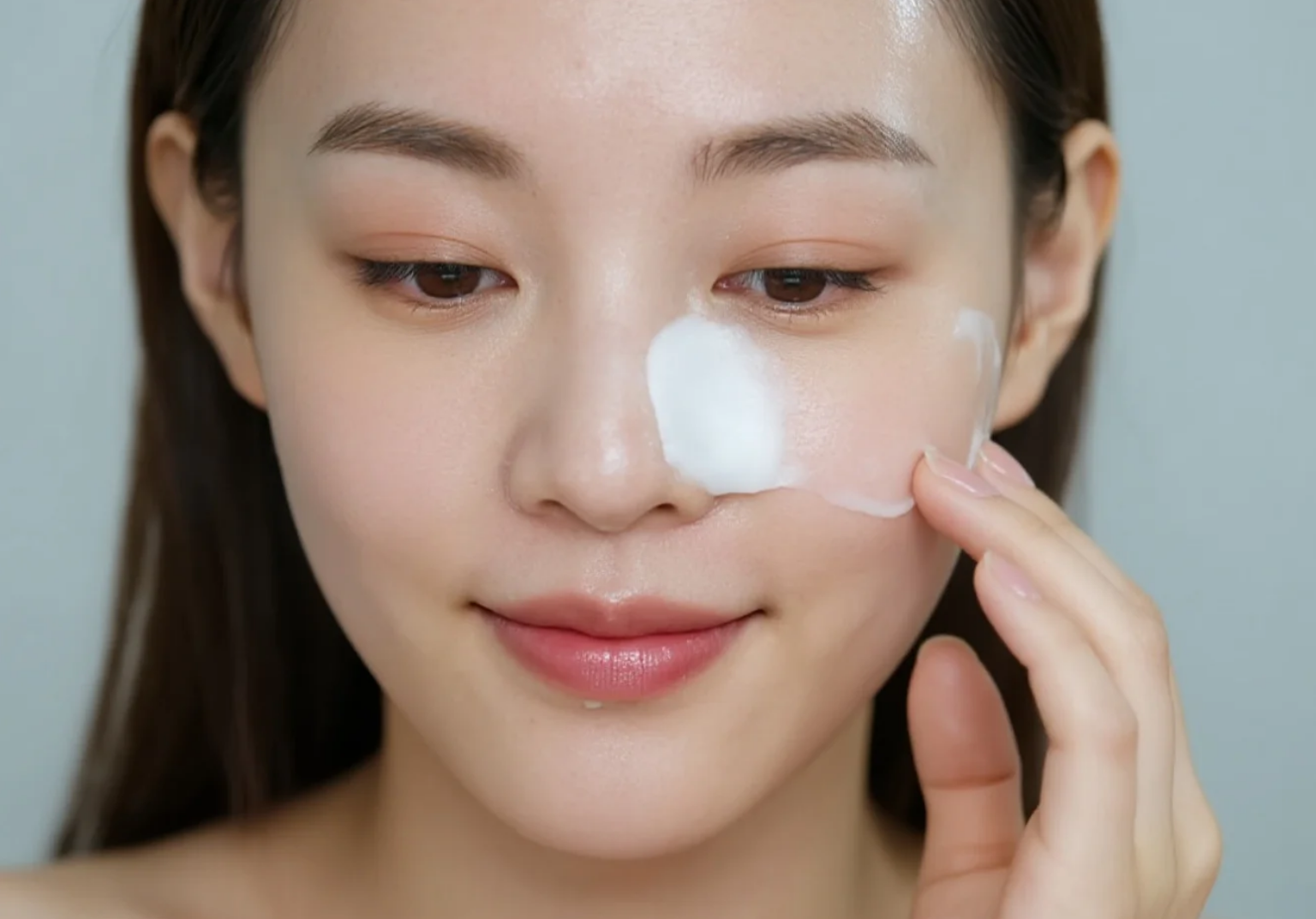
How can we scientifically repair the skin barrier?
Repairing the skin barrier isn't a one-time effort; it requires comprehensive adjustments, from skincare habits and product choices to lifestyle. The first step is to stop the damage. Immediately stop over-cleansing and switch to gentle amino acid or APG cleansers. Avoid hot water and vigorous scrubbing. During the recovery period, you can even try the "plain water" method, using cleansers only at night to reduce skin irritation. The second step is to precisely replenish the necessary barrier components. Ceramides, cholesterol, and fatty acids are key to repair, filling the gaps between cells and restoring the skin's ability to retain moisture. Choose a repair cream with a "triple lipid ratio" (such as a 3:1:1 ratio of ceramides, cholesterol, and fatty acids), combined with soothing ingredients like panthenol (vitamin B5) and Centella asiatica extract to reduce redness and stinging. The third step is to strengthen moisturizing and sun protection. Moisturizers should contain humectants such as hyaluronic acid and glycerin, as well as occlusives like squalane and shea butter, to help maintain hydration. For sun protection, prioritize physical sunscreens (containing zinc oxide or titanium dioxide) to avoid the potential irritation of chemical sunscreens.
In addition to external skincare, internal conditioning is equally important. Get enough sleep (7-8 hours) and avoid staying up late, as your skin's ability to repair itself is strongest at night. Increase your diet to include foods rich in omega-3 fatty acids (such as deep-sea fish and flaxseed) and antioxidants (such as blueberries and green tea), and reduce your intake of high-sugar and high-dairy products to reduce inflammation. Additionally, learn to manage stress and relax through exercise, meditation, and other methods to avoid anxiety that can exacerbate skin problems.
Repair takes time, and patience is key.
The speed at which the skin barrier repairs varies from person to person. Mild damage may improve in 2-4 weeks, while severe damage may take 2-3 months or even longer. Avoid rushing for results, frequently changing skincare products, or trying drastic treatments (such as high-concentration acids and retinol), as these can actually worsen skin problems. The right approach is to maintain a minimalist skincare regimen, give your skin ample time to heal, and regularly monitor your skin's condition. When your skin stops showing frequent redness and irritation, absorbs moisturizers better, and adheres more smoothly to your makeup, it indicates the barrier is gradually recovering.
Future Skincare Trends: From Repair to Prevention
With advances in skin science, barrier repair will become even more precise. For example, genetic testing or skin microbiome analysis can enable customized repair plans. Skincare products containing probiotics (such as Lactobacillus) may enhance barrier function by regulating the skin's microbiome. Smart devices (such as skin monitors) can also help monitor barrier health in real time, providing early warning of potential problems. However, regardless of technological advancements, gentle care and healthy living remain the cornerstones of maintaining a stable skin barrier.
